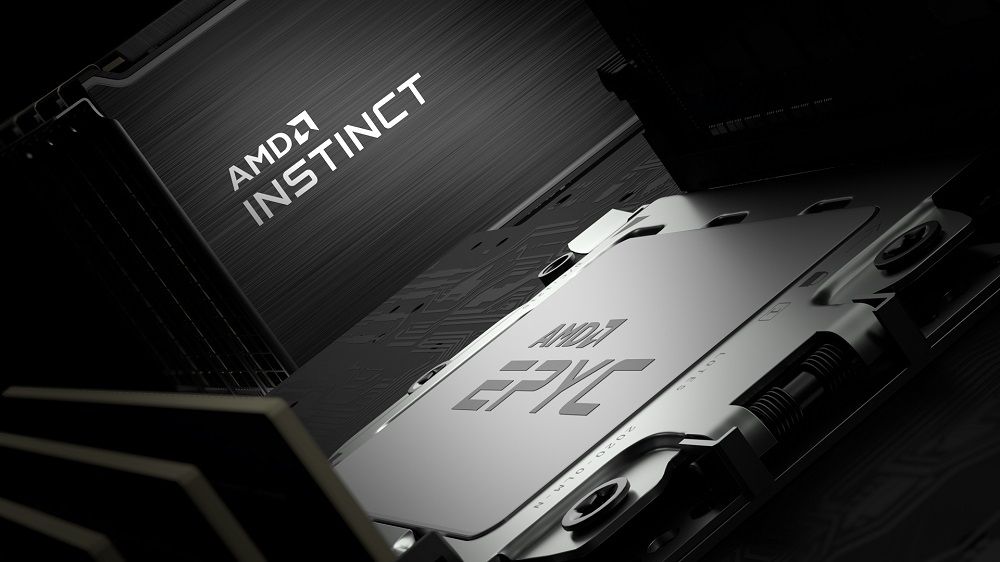The supercomputer “Adastra” is based on an HPE Cray EX system with AMD processors. The first partition will arrive in spring 2022 with EPYC Zen 4 processors in 5 nm (Genoa), 768 GB DDR5, and a 200 Gb/s network link. The second is scheduled for late 2022 with third-generation EPYC processors and Instinct MI250X OAM compute accelerators.
HPE announces that “Adastra will be 20 times faster than the existing CINES system and will deliver more than 70 petaflops of performance at 1.5 times the power consumption.” 70 PFLOPS would put Adastra on par with Perlmutter, which currently ranks 5th in the TOP500.
GENCI, the French High-Performance Computing Agency, and the French National Center for Higher Education Computing (CINES) today announced the acquisition of the “Adastra” supercomputer, equipped with AMD EPYC processors and HPE Instinct accelerators. The two parties are entering into a new partnership.
AMD announces collaboration with Adastra supercomputer
AMD is becoming an important partner in the field of supercomputers, which we have already seen from the company in the past.
Adastra is expected to become one of Europe’s most powerful supercomputers for open academic and industrial research next spring, complementing GENCI’s existing systems at two other national data centers in France.
Adastra is based on a balanced, modular converged architecture with two compute partitions, one based on state-of-the-art AMD EPYC™ processors with 768 GB of memory and the other containing an optimized third-generation AMD EPYC™ CPU and four AMD Instinct™ MI250X OAM accelerators.
Under the agreement, AMD and HPE commit to CINES to port, optimize and jointly scale HPC and AI applications to Adastra’s accelerated partition.
The solution offered by HPE is among the most efficient, cooling 97% of the heat generated by the machine through liquid cooling with hot water.
To learn more about this AMD processor-powered supercomputer, how this collaboration came about, and the future of devices like this one, which will begin shipping in France this spring, follow this link.
